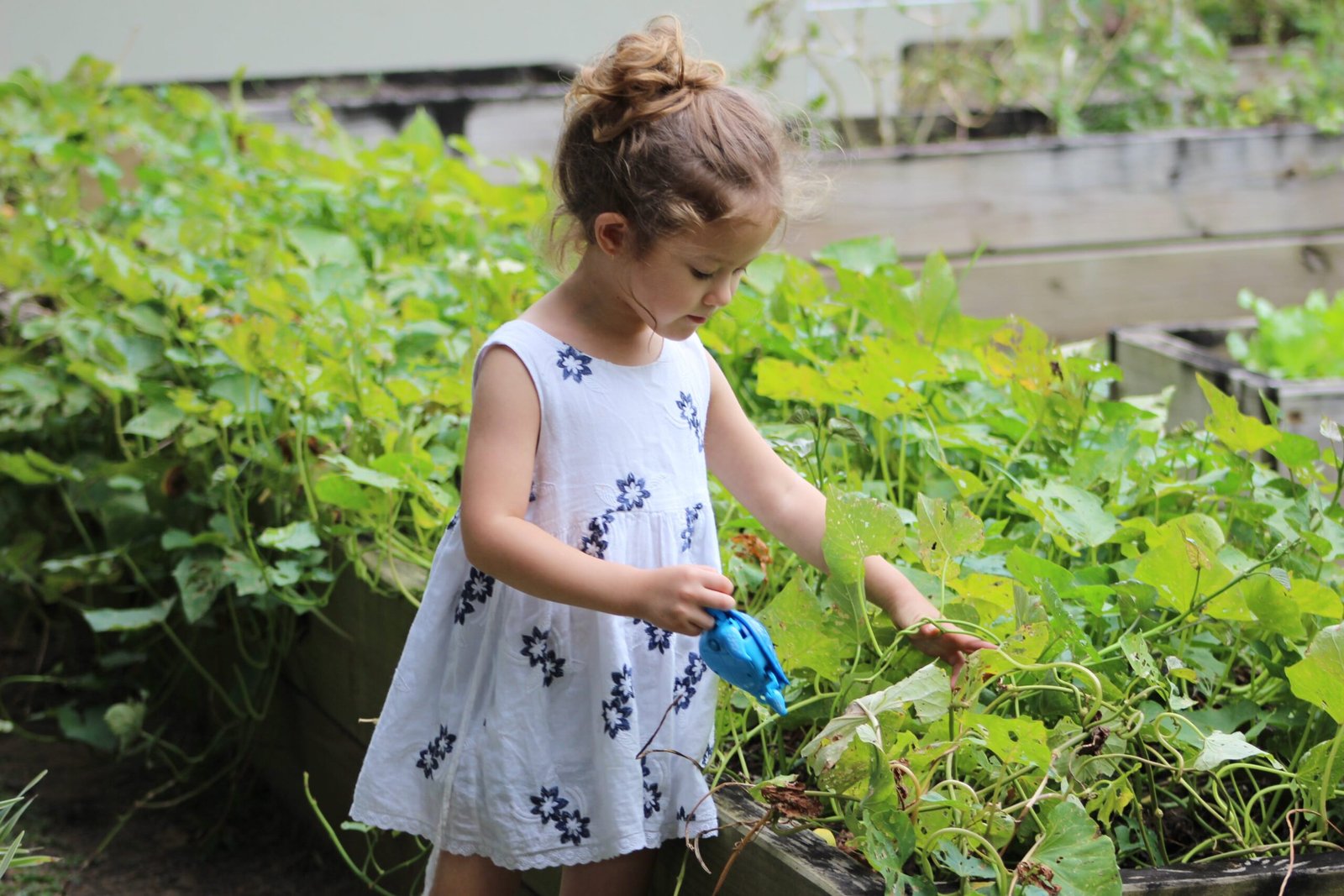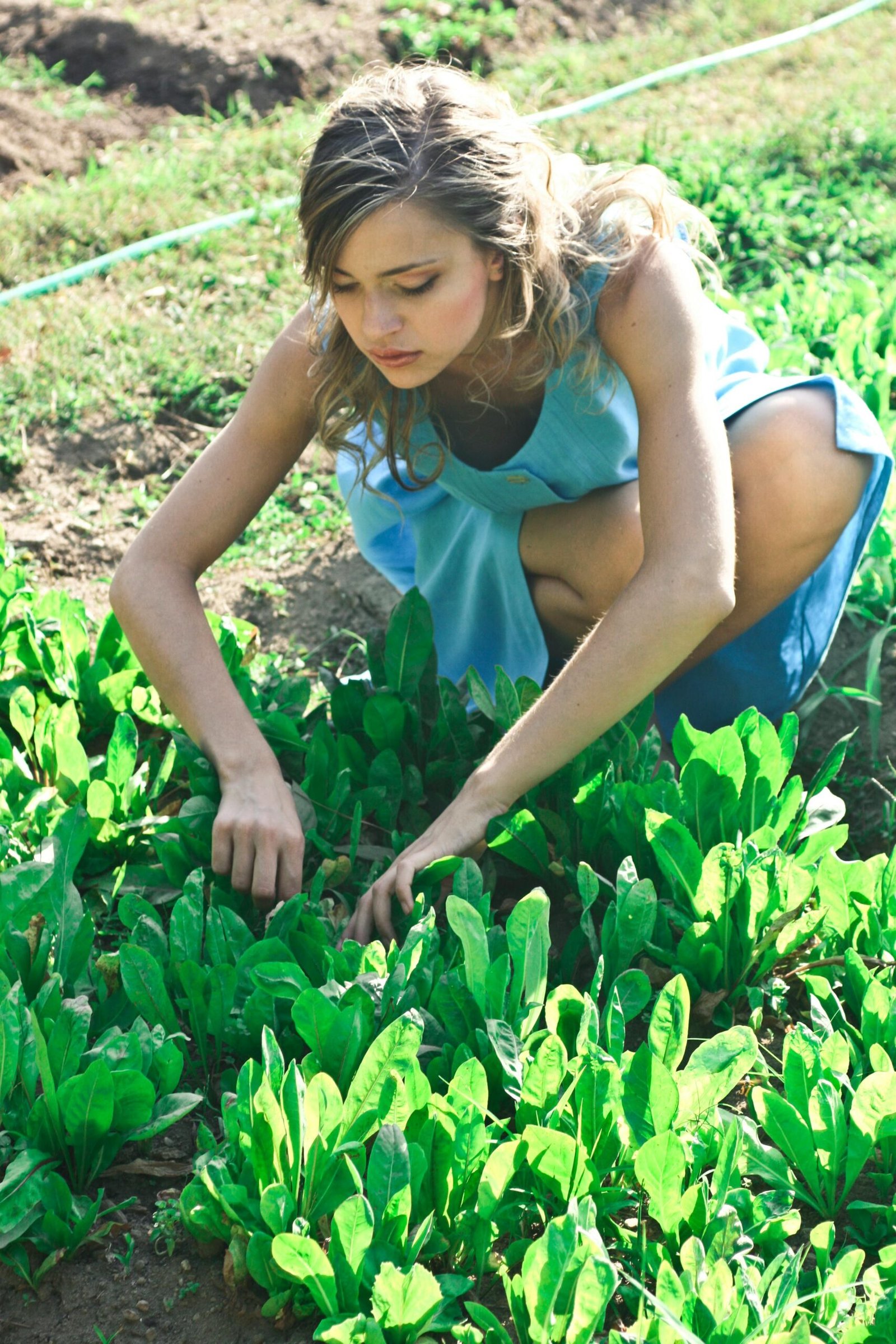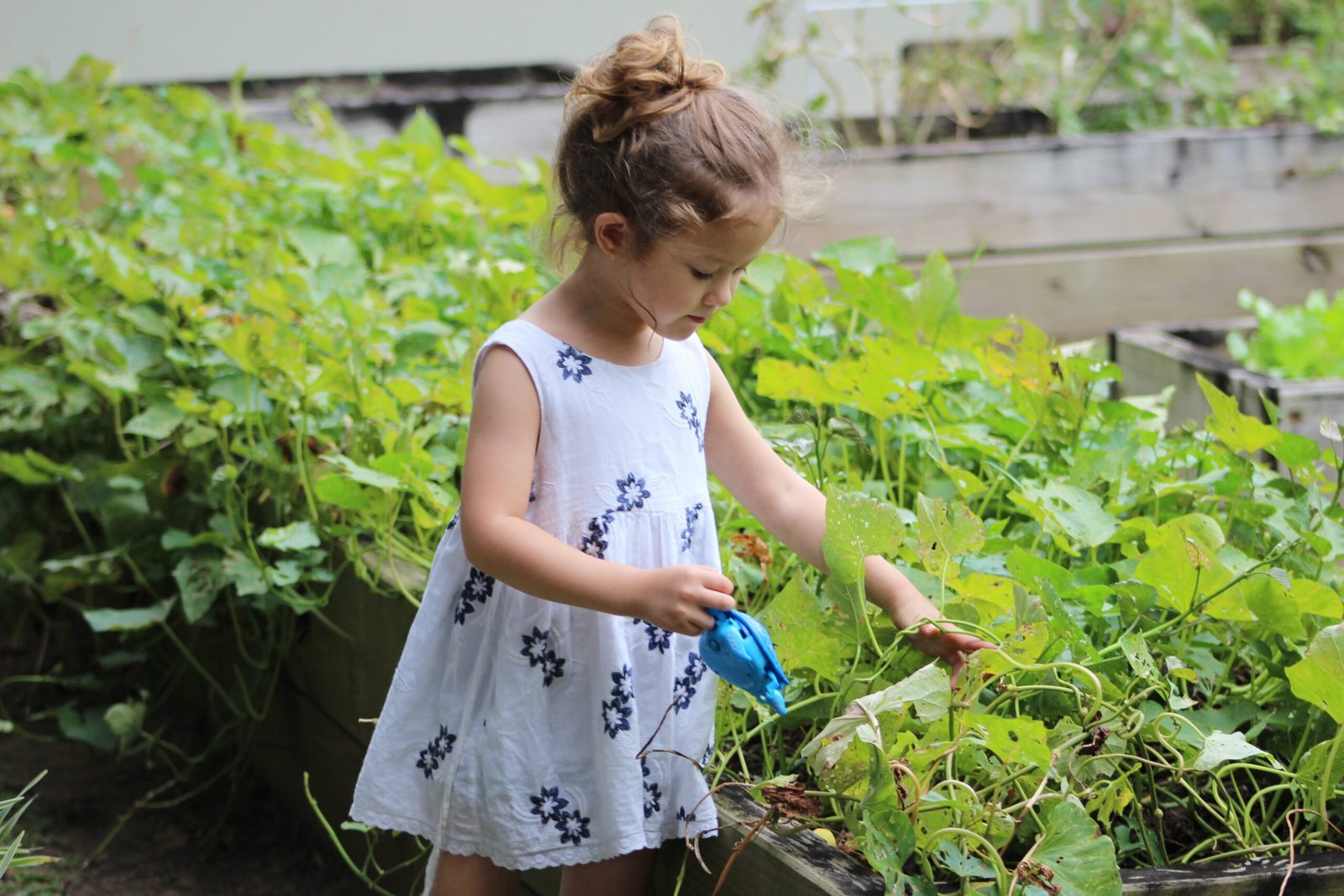
Are you tired of your zucchini plants overcrowding your garden and sprawling across the ground? Look no further! In this article, you will learn step-by-step instructions on how to build a vertical zucchini trellis. By utilizing this trellis, you can save space, promote better air circulation, and increase your zucchini yields. With just a few tools and materials, you’ll be able to construct a sturdy trellis that will support your zucchini plants in an upward direction, allowing them to grow and thrive efficiently. Say goodbye to messy, tangled vines and hello to an organized, flourishing zucchini garden!

Materials needed for building a vertical zucchini trellis
To build a vertical zucchini trellis, you will need several materials to ensure its stability and functionality. Here are the essential supplies you’ll need:
-
Wooden posts: These will serve as the main structural support for the trellis. Opt for sturdy, pressure-treated wooden posts that can withstand the weight of the zucchini plants as they grow.
-
Wire mesh: The wire mesh will provide a secure structure for the zucchini vines to climb and attach themselves to. Choose a wire mesh with small enough gaps to support the plants without allowing them to slip through.
-
Nails or screws: These will be used to attach the wire mesh to the wooden posts. Opt for rust-resistant nails or screws to ensure the longevity of your trellis.
-
Brackets: Brackets are optional but can provide additional support for your trellis if needed. They can be used to secure the wire mesh to the wooden posts or to add horizontal support beams.
-
Measuring tape: A measuring tape will come in handy when determining the placement and spacing of the posts, as well as when measuring and cutting the wire mesh.
-
Hammer or screwdriver: Depending on whether you choose to use nails or screws, you will need a hammer or a screwdriver to secure the wire mesh to the wooden posts.
-
Pliers: Pliers can be helpful for cutting and manipulating zip ties, which will be used to secure the zucchini stems to the trellis.
-
String or twine: String or twine will be used to add additional support to the trellis. It can be tied horizontally between the posts to create a support structure for the zucchini vines.
-
Zip ties: Zip ties are a convenient way to secure the main stems of the zucchini plants to the trellis. They can be easily adjusted as the plants grow and provide a secure attachment point.
-
Garden stakes: Garden stakes can be used to mark the location of the posts and provide additional support during the installation process.
Choosing the right location for your vertical zucchini trellis
Before you start building your vertical zucchini trellis, it’s important to choose the right location. Consider the following factors to ensure the success of your trellis:
Considering sunlight requirements
Zucchini plants require plenty of sunlight to thrive and produce an abundant harvest. Select a location for your trellis that receives full sun for at least 6-8 hours a day. Avoid areas with excessive shade or obstructions that may prevent the zucchini plants from receiving enough light.
Providing adequate space
Zucchini plants are vigorous growers and can quickly take over a trellis if given the space to sprawl. Make sure to choose a location that allows for ample space for the trellis and the zucchini plants to expand. Ideally, there should be enough room for you to comfortably access the trellis from all sides for maintenance and harvesting.
Proximity to a water source
Since zucchini plants require frequent watering, it’s essential to choose a location near a water source. This will make it easier for you to provide consistent water to the plants without the hassle of dragging a hose or carrying buckets of water long distances.
Preparing the ground for the trellis
Once you’ve determined the ideal location for your vertical zucchini trellis, you’ll need to prepare the ground to ensure optimal growing conditions for the plants.
Clearing the area
Start by clearing the area where you plan to install the trellis. Remove any grass, weeds, or other vegetation that may compete with the zucchini plants for nutrients and space.
Loosening the soil
Loosen the soil in the designated area using a garden fork or a tiller. This will help improve drainage and create a looser, more fertile growing environment for the zucchini plants.
Amending the soil
If your soil is lacking in organic matter or nutrients, consider amending it with compost or well-rotted manure. This will enrich the soil and provide essential nutrients for the zucchini plants to thrive.
Leveling the ground
Before installing the trellis, make sure the ground is level. A level surface will ensure that water is distributed evenly across the planted area and will prevent any water pooling or runoff issues that could affect the zucchini plants.
Installing the wooden posts
The wooden posts are the backbone of your vertical zucchini trellis, providing the necessary support for the plants to climb. Here’s how to install them properly:
Determining the post height
The height of your wooden posts will depend on the expected size of your zucchini plants and the height of the trellis you want to create. Generally, posts that are at least 6 feet tall will accommodate most zucchini varieties. However, if you have compact bush-type zucchini plants, shorter posts may be sufficient.
Spacing the posts
To ensure stability and prevent sagging of the trellis, space the wooden posts approximately 4-6 feet apart. This spacing allows enough room for the zucchini plants to spread out while still providing adequate support.
Digging post holes
Dig holes for the wooden posts using a post hole digger or a shovel. The holes should be at least 1-2 feet deep to ensure stability.
Setting the posts in the ground
Place the wooden posts in the prepared holes, making sure they are vertical and straight. Use a level to double-check their alignment. Once you’re satisfied with the position, backfill the holes with soil, firmly packing it around the posts to secure them in place.
Securing the posts with concrete
For added stability and longevity, consider securing the posts with concrete. To do this, mix quick-setting concrete according to the manufacturer’s instructions and pour it into the holes around the posts. Allow the concrete to set and cure completely before proceeding with the installation of the wire mesh.

Attaching the wire mesh to the posts
The wire mesh will provide a secure structure for the zucchini vines to climb. Here’s how to attach it to the wooden posts:
Measuring and cutting the wire mesh
Measure the distance between the wooden posts horizontally, taking into account any additional width the wire mesh will need for overlap. Use wire cutters or sturdy scissors to cut the wire mesh to the appropriate length.
Securing the wire mesh with nails or screws
Starting at one end, affix the wire mesh to the wooden posts using nails or screws. Space the fasteners evenly along the edges of the wire mesh, making sure they are secure and won’t come loose. Repeat the process on the opposite end, ensuring that the wire mesh is taut and properly attached to the posts.
Using brackets for additional support
If you feel that the wire mesh needs additional support, consider installing brackets along the length of the trellis. These brackets can be screwed into the wooden posts and provide extra stability and strength to the trellis structure.
Creating a support structure for the zucchini plants
To ensure the zucchini plants grow and climb effectively on the trellis, it’s crucial to create a support structure that encourages vertical growth. Here’s how to achieve that:
Adding horizontal support beams
For added stability and support, consider adding horizontal support beams between the wooden posts. These beams can be attached using nails or screws and will provide additional areas for the zucchini vines to attach themselves to as they grow.
Attaching string or twine to the top and bottom of the trellis
To create a more secure trellis, tie string or twine horizontally between the top and bottom of the wooden posts. This will provide additional support for the zucchini plants and prevent them from sagging or falling off the trellis.
Using zip ties to secure the main stems
As the zucchini plants grow, you’ll need to secure their main stems to the trellis to guide their upward growth. Use zip ties to gently attach the main stems to the wire mesh or horizontal support beams. Be careful not to tie them too tightly, as this could restrict the growth and movement of the plants.

Planting and training zucchini on the trellis
Once your trellis is in place, it’s time to plant and train the zucchini plants to grow vertically. Follow these steps to ensure successful growth and a bountiful harvest:
Starting zucchini seeds or buying seedlings
You can start zucchini plants from seeds indoors or purchase young seedlings from a nursery or garden center. If starting from seeds, sow them in biodegradable pots or seed trays filled with high-quality potting soil. Keep the soil moist and warm until the seeds germinate.
Transplanting zucchini to the trellis
Once the zucchini plants have developed a few sets of true leaves and all risk of frost has passed, they can be transplanted to the trellis. Dig a hole in the soil near the base of each post and carefully transplant the zucchini seedlings, ensuring their roots are well-covered with soil.
Pruning and training the plants as they grow
To encourage vertical growth and prevent the zucchini plants from becoming tangled or overcrowded, it’s important to prune and train them regularly. Pinch off any lateral shoots or side branches that emerge along the main stems to direct energy towards upward growth. This will help maintain a neat and manageable trellis.
Tying the vines gently to the trellis
As the zucchini plants grow, they may need additional support to keep them attached to the trellis. Use soft plant ties or strips of fabric to gently secure the vines to the wire mesh or horizontal support beams. Avoid using tight or restrictive ties that could damage the plants.
Providing proper care and maintenance for zucchini on the trellis
To ensure healthy growth and a successful harvest, proper care and maintenance are essential. Here are some key tasks to prioritize:
Watering zucchini regularly
Zucchini plants have high water requirements, especially during hot and dry periods. Water the plants deeply and regularly, aiming to keep the soil consistently moist but not waterlogged. Be sure to direct the water towards the base of the plants to avoid wetting the foliage, as this can lead to the development of fungal diseases.
Mulching around the base of the plants
Mulching helps retain moisture in the soil, suppresses weed growth, and regulates soil temperatures. Apply a layer of organic mulch, such as straw or wood chips, around the base of the zucchini plants to a depth of 2-3 inches. This will help conserve moisture, reduce weed competition, and create a more favorable growing environment.
Fertilizing zucchini vines
Zucchini plants are heavy feeders and benefit from regular fertilization throughout the growing season. Apply a balanced, slow-release fertilizer or organic compost around the base of the plants, following the manufacturer’s instructions. This will provide a steady supply of nutrients to support vigorous growth and fruit production.
Monitoring for pests and diseases
Keep a close eye on your zucchini plants for any signs of pests or diseases. Common pests that affect zucchini include squash bugs, cucumber beetles, and aphids. Regularly check the leaves, stems, and fruits for any damage or infestations, and take appropriate measures to control and prevent further problems.
Harvesting zucchini
Zucchini is typically ready for harvest when the fruits are small to medium-sized and still tender. Use a sharp knife or pruning shears to carefully cut the zucchini from the vine, leaving a small stem attached. Harvesting regularly will encourage the plants to continue producing throughout the growing season.
Common troubleshooting tips for vertical zucchini trellises
Despite your best efforts, challenges may arise when growing zucchini on a vertical trellis. Here are some common troubleshooting tips to address potential issues:
Preventing overcrowding
If your zucchini plants become overcrowded on the trellis, it can lead to poor airflow, increased disease susceptibility, and restricted growth. To prevent overcrowding, regularly thin out excess foliage and remove any weak or unproductive plants. This will allow the remaining zucchini plants to thrive and receive adequate sunlight and airflow.
Supporting heavy fruit
As zucchini fruits develop, they can become quite heavy, potentially weighing down the trellis. To support the weight of the fruit, consider using slings made from fabric or netting to cradle the produce. Attach the slings to the trellis or horizontal support beams, providing additional support for the developing fruits.
Repairing any damage to the trellis
Occasionally, the trellis may sustain damage due to severe weather conditions or accidental impact. If you notice any broken or untethered sections of the trellis, promptly repair them using suitable fasteners or replacement materials. Regularly inspect the trellis for signs of wear and tear to keep it in optimal condition.
Maintaining proper airflow
Adequate airflow is crucial for preventing the development and spread of fungal diseases, such as powdery mildew. To maintain proper airflow, regularly prune and thin out excess foliage that may be blocking air circulation. Consider strategically positioning fans or creating openings in nearby structures to promote airflow around the trellis.
Benefits of using a vertical zucchini trellis
Building a vertical zucchini trellis offers several benefits that can enhance your gardening experience and maximize your yield:
Space-saving
A vertical zucchini trellis allows you to grow zucchini vertically, saving valuable garden space. This is especially beneficial for gardeners with limited growing areas or small backyards. By utilizing vertical space, you can increase the number of plants you grow and enjoy a more productive harvest.
Improved air circulation
By training zucchini plants to grow vertically on a trellis, you create space between the foliage for better air circulation. Improved airflow reduces the risk of fungal diseases, as well as pest infestations, by preventing moisture buildup and providing a less favorable environment for pests and pathogens to thrive.
Easier pest management
Growing zucchini on a trellis makes it easier to spot and manage pests that may attack your plants. The vertical growth habit allows you to inspect the foliage more closely, enabling early detection of any pest infestations. This makes it easier to implement targeted pest control measures, such as handpicking or applying organic pest repellents.
Better access for harvesting
Vertical zucchini trellises make it more convenient to harvest ripe zucchini, as the fruits are elevated and more accessible. This eliminates the need to bend down and search for hidden or obscured fruits, saving time and reducing strain on your back and knees. Harvesting becomes a breeze, allowing you to enjoy fresh zucchini throughout the growing season.
In conclusion, building a vertical zucchini trellis is a practical and effective way to grow zucchini in limited spaces while maximizing yields. By following the steps outlined in this article, you can create a sturdy trellis and provide optimal conditions for your zucchini plants to thrive. With proper care and maintenance, your vertical zucchini trellis will result in healthier plants, easier management, and a bountiful harvest of delicious zucchini.





